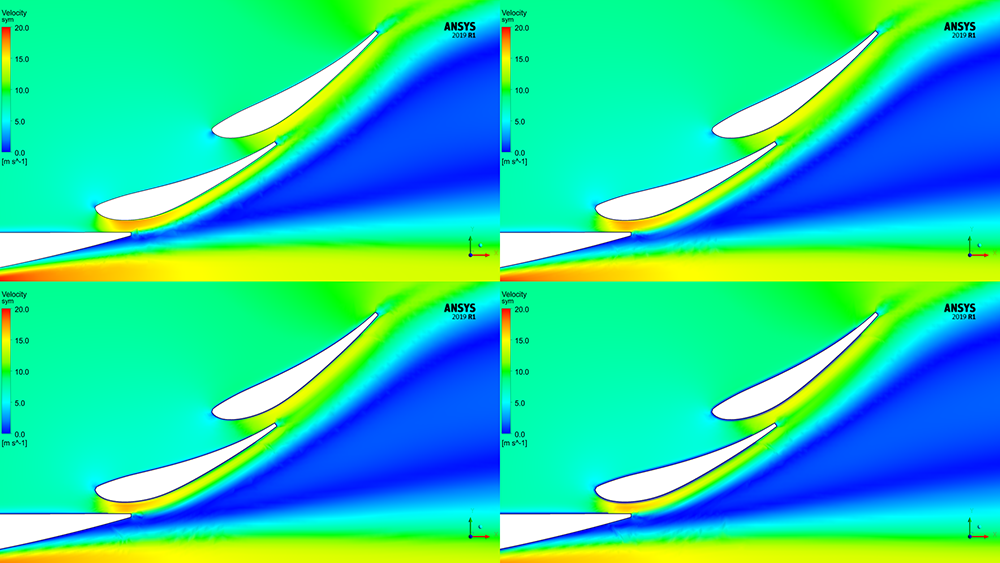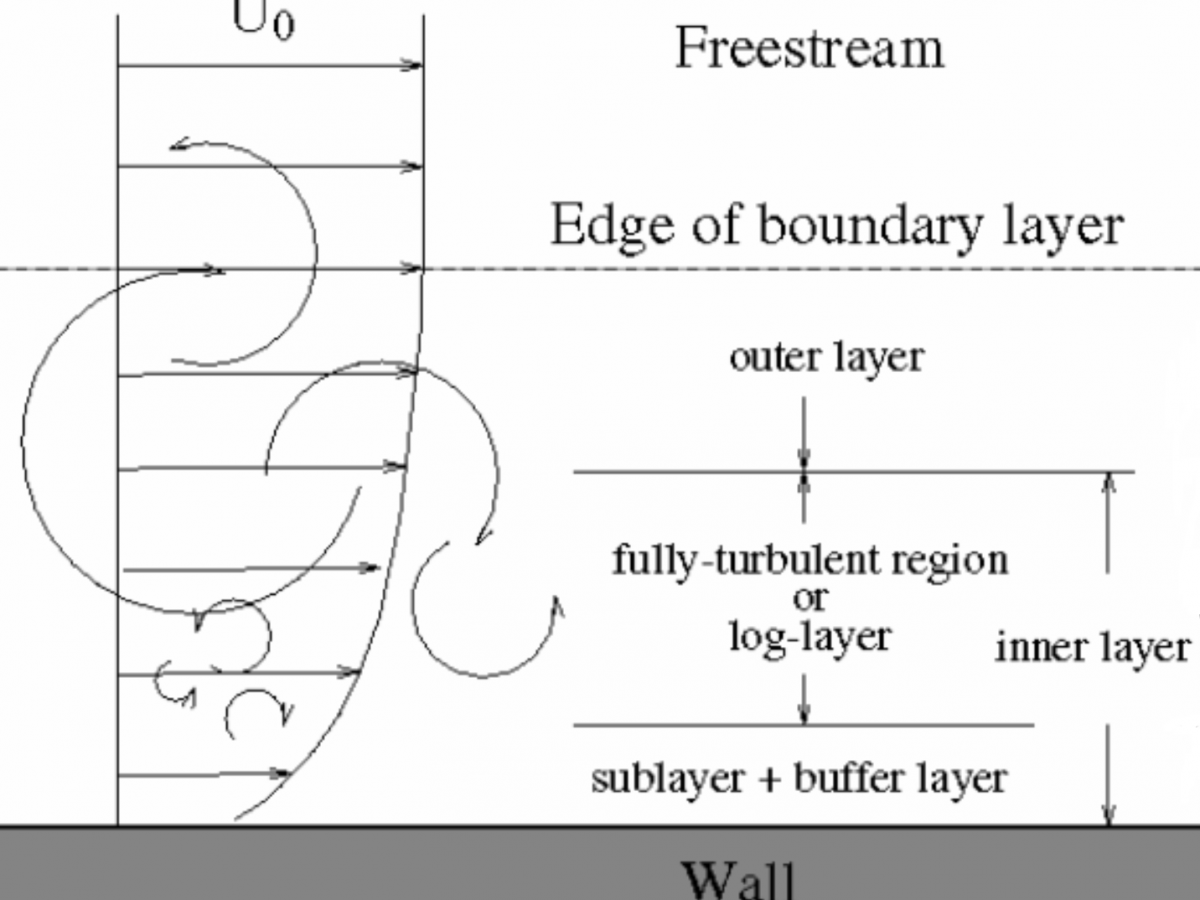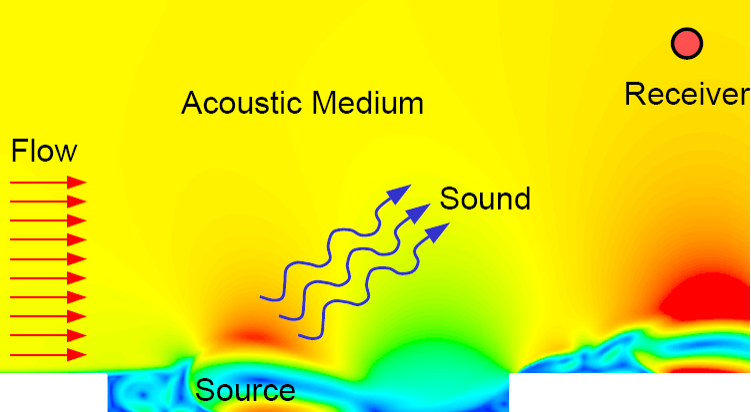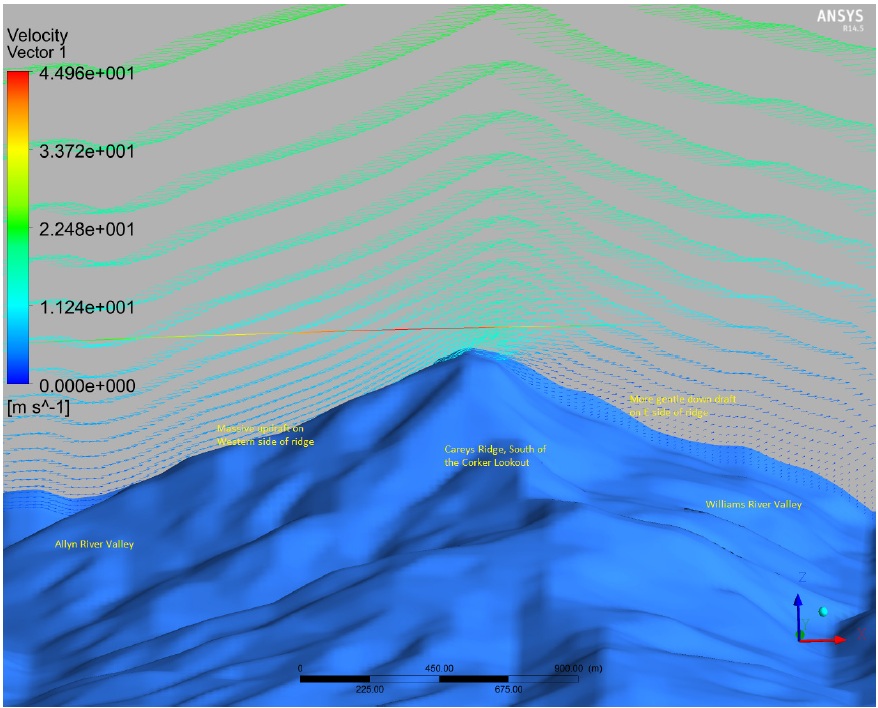This blog series focuses on a common question: What y+ should I use in my simulations? This is Part 2 in the series – Resolving each region of the boundary layer.
What y+ should I use? Part 2 - Resolving each region of the boundary layer


This blog series focuses on a common question: What y+ should I use in my simulations? This is Part 2 in the series – Resolving each region of the boundary layer.

This blog series focuses on a common question: What y+ should I use in my CFD simulations? This first post is designed to help you understand the physics of boundary layers in relation to CFD meshes and Y+ values.

In cricket, reverse swing bowling is much talked-about but often misunderstood. Conditions in the much anticipated 2019 Ashes cricket series between Australia and England are expected to be conducive to reverse-swing bowling. Let's use some CFD examples to help better understand the science of reverse-swing bowling.

RMIT Racing explains how both their combustion and electric F-SAE teams have decided to employ the use of Augmented Reality (AR) with technical support from LEAP for their 2018 campaigns, including an impressive visualisation of the aerodynamics of the R17c vehicle.

Wind engineering requires engineers to consider how a building responds to its environment as well as the effect that the structure will have on the space around it. Learn more about the use of CFD in wind engineering...

Flow-generated noise can have significantly adverse effects on our everyday lives. Product designers and engineers at the world’s most innovative and successful companies have recognised this fact, and are increasingly using CFD to incorporate noise mitigation strategies into their product design process.

On a stormy night in August 1981, a Cessna Centurion 210 aircraft crashed with 5 people on board in Barrington Tops, a rugged and isolated national park north of Newcastle, New South Wales. Despite a massive initial search effort and ongoing attempts by a group of dedicated volunteers, the challenging and complex terrain has conspired...

An increasing number of industrial CFD users are recognising the need to move away from RANS modelling and resolve a greater spectrum of turbulence (particularly in cases involving large-scale separation, strongly swirling flows, acoustics, etc.). Here we present an overview of Scale Resolving Simulation techniques and important considerations when considering applying SRS to your project.


In recent posts we have comprehensively discussed inflation meshing requirements for resolving or modeling wall-bounded flow effects due to the turbulent boundary layer. We have identified the y-plus value as the critical parameter for inflation meshing requirements, since it allows us to determine whether our first cell resides within the laminar sub-layer, or the logarithmic...